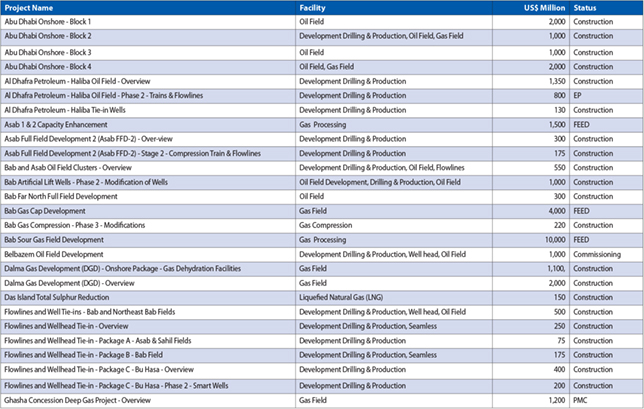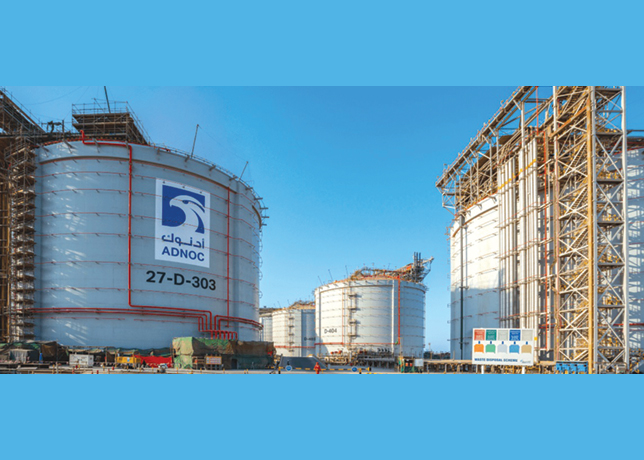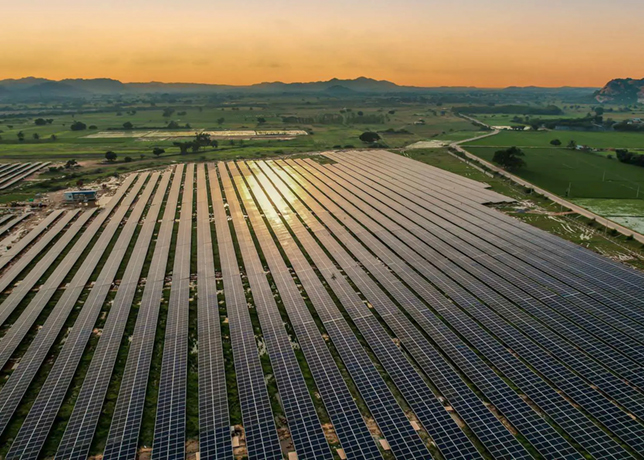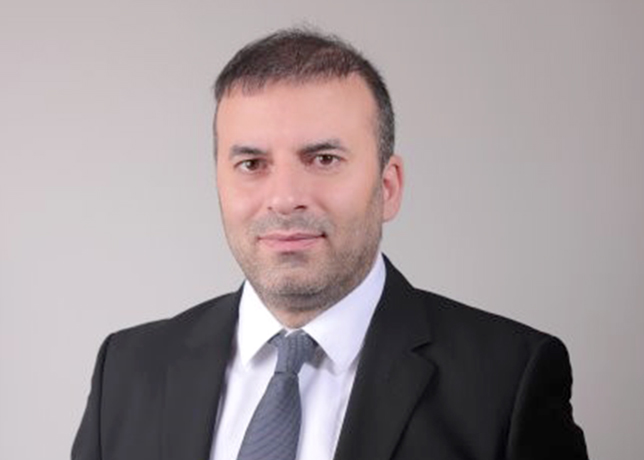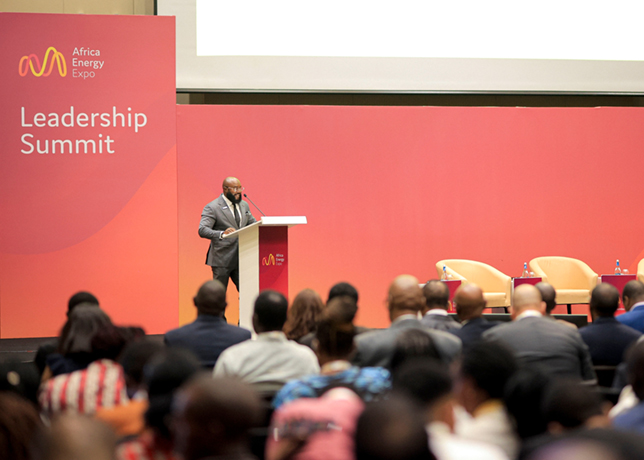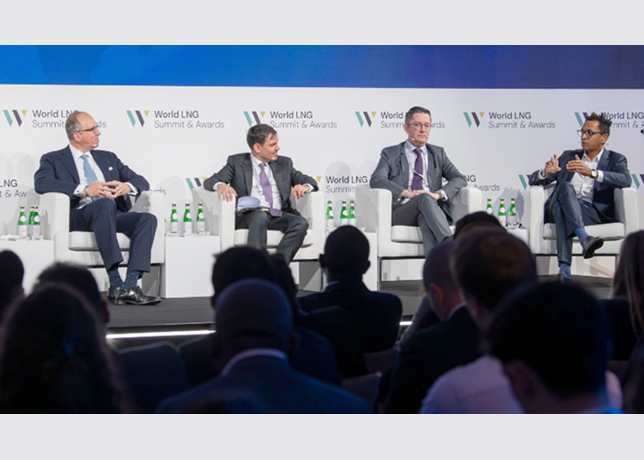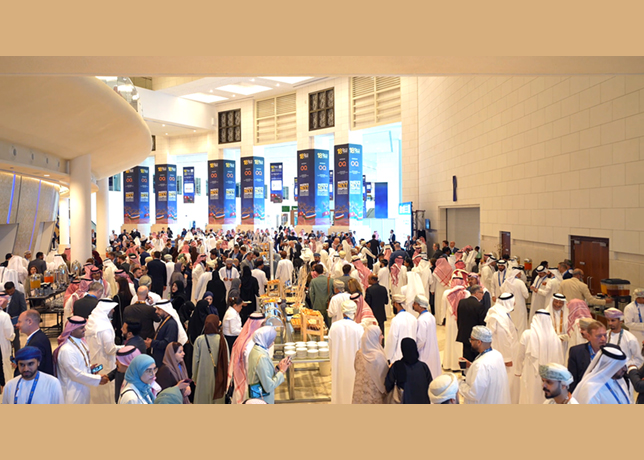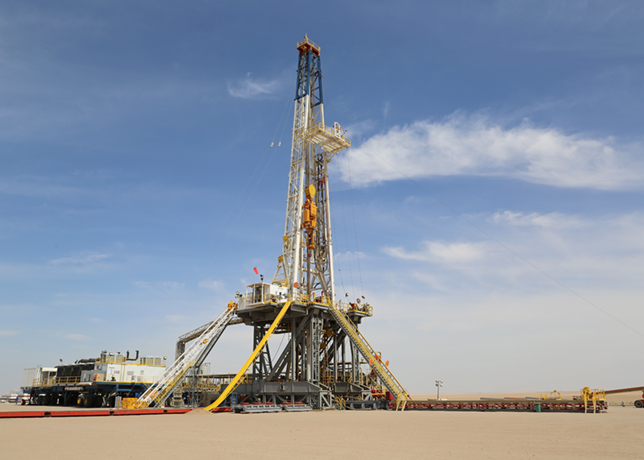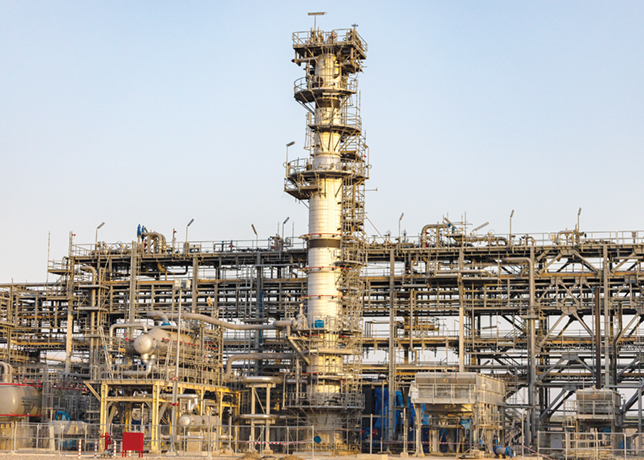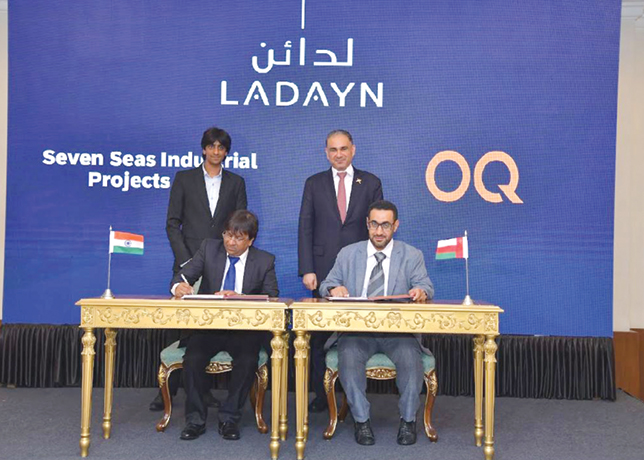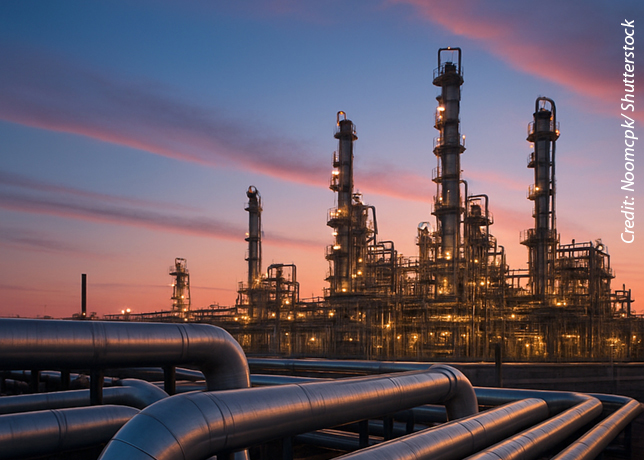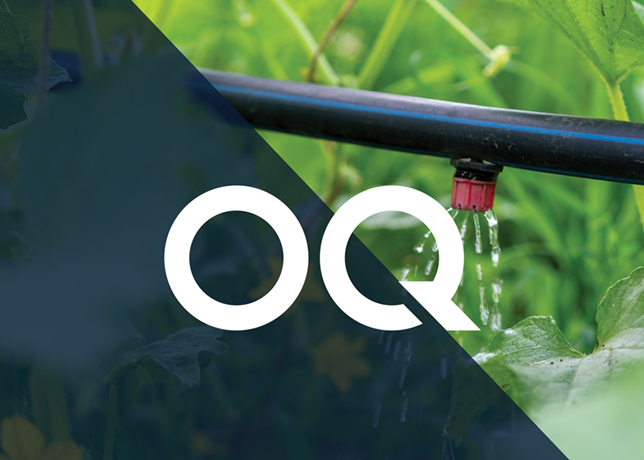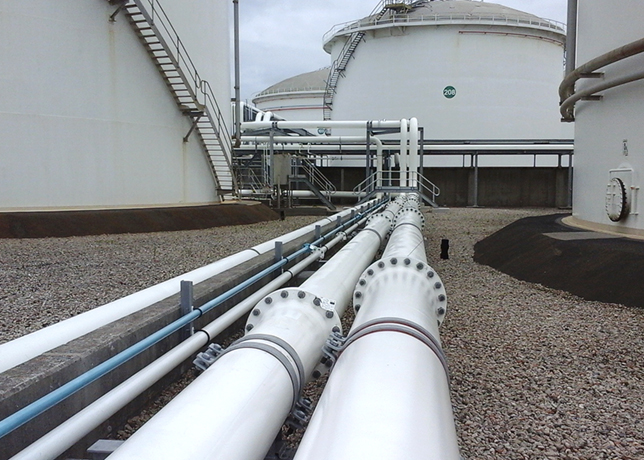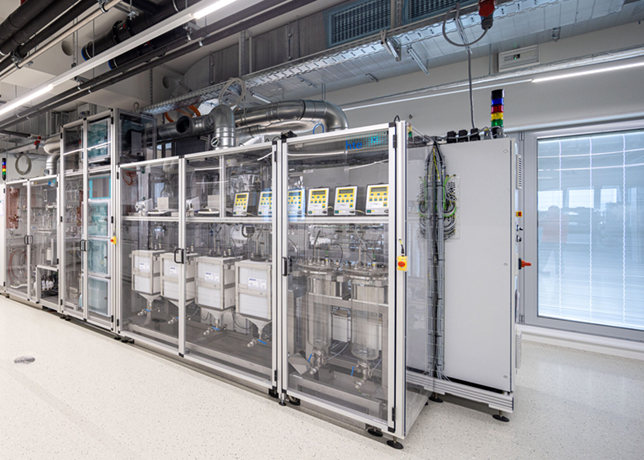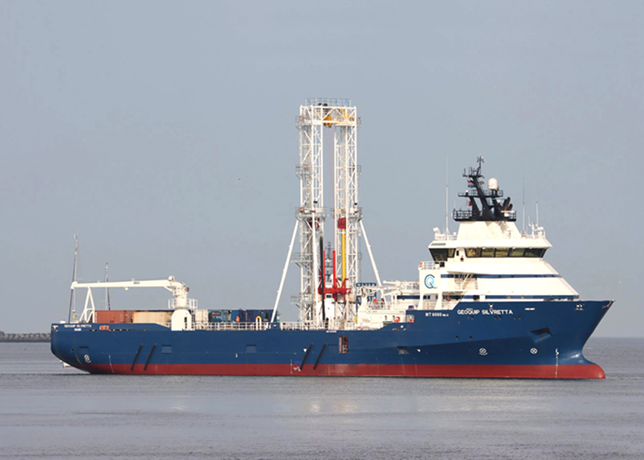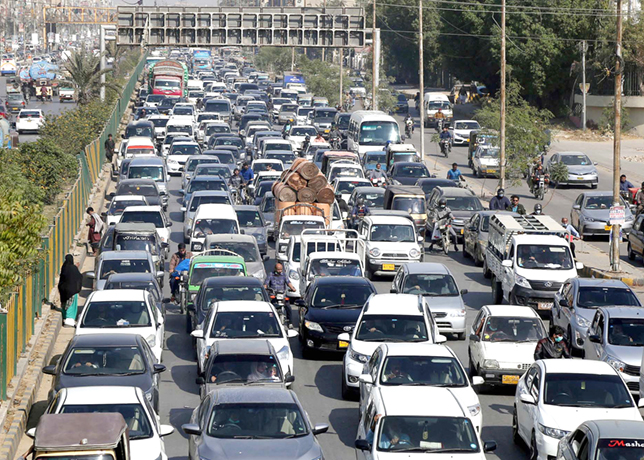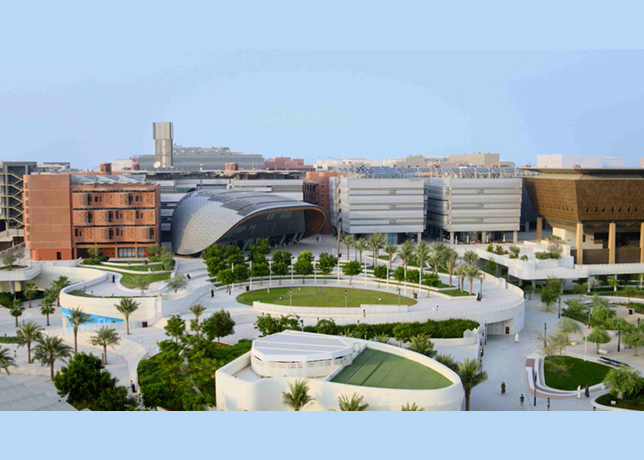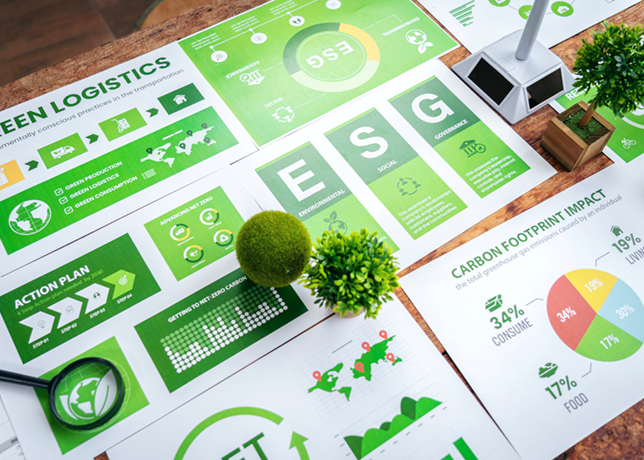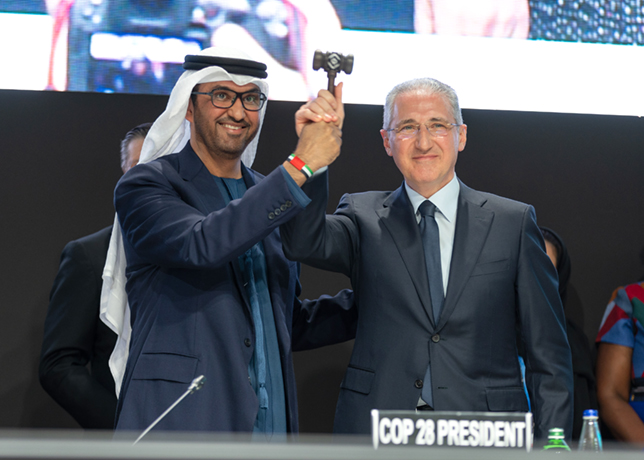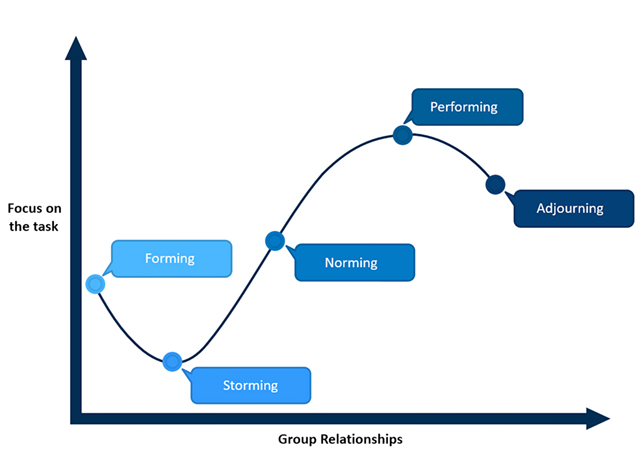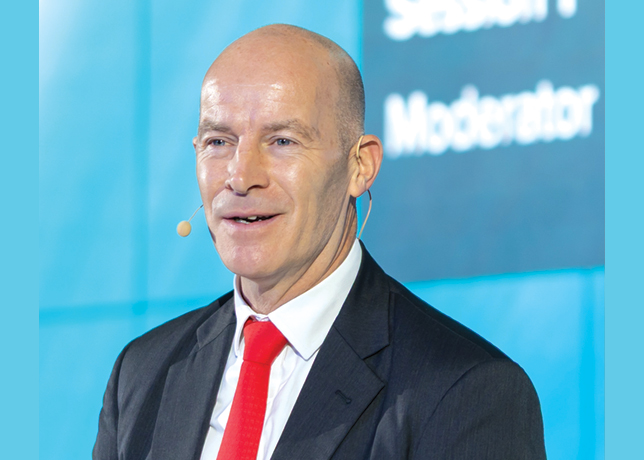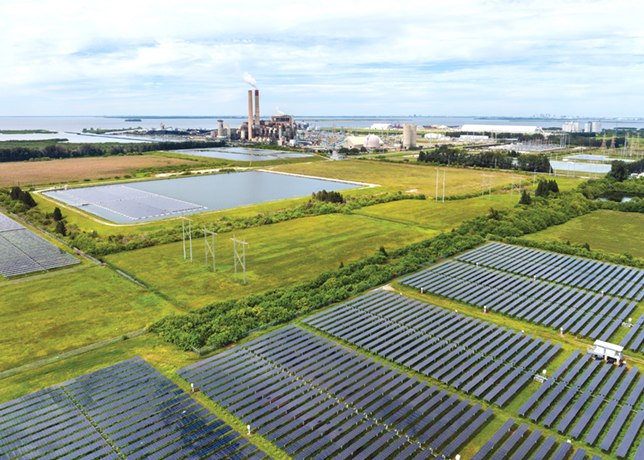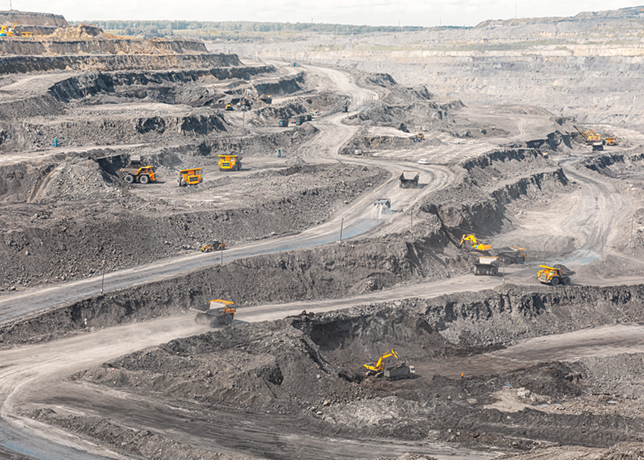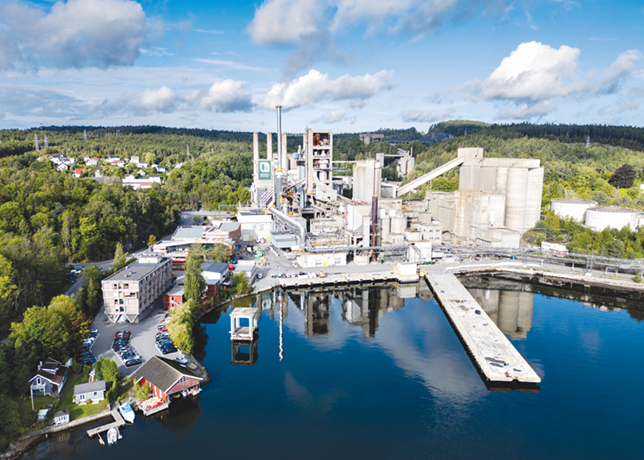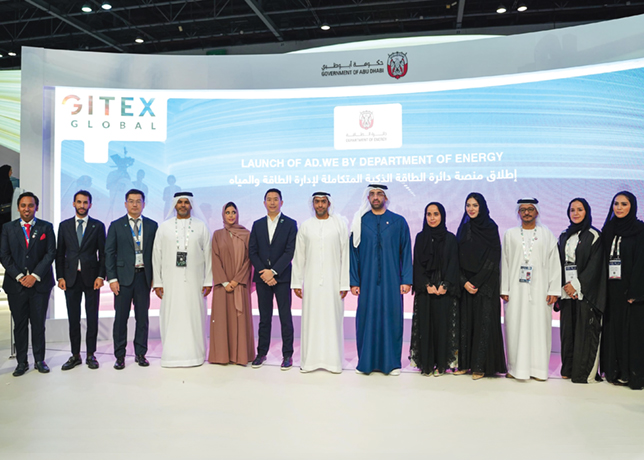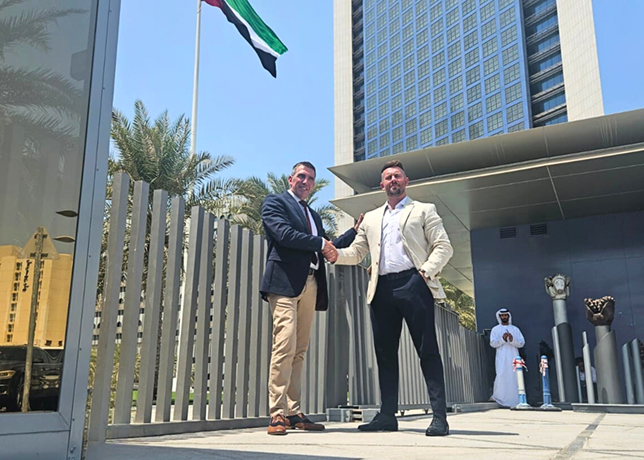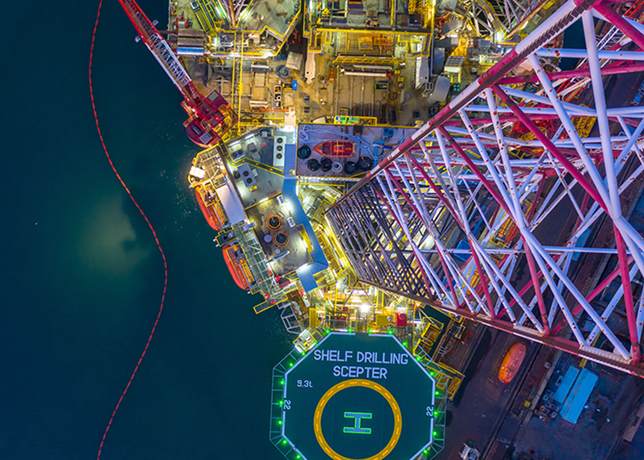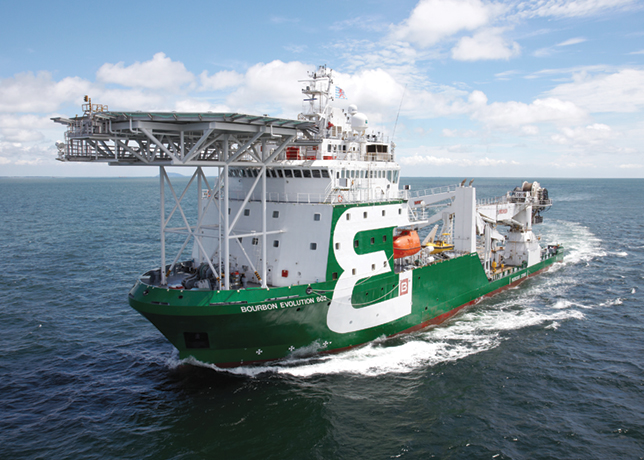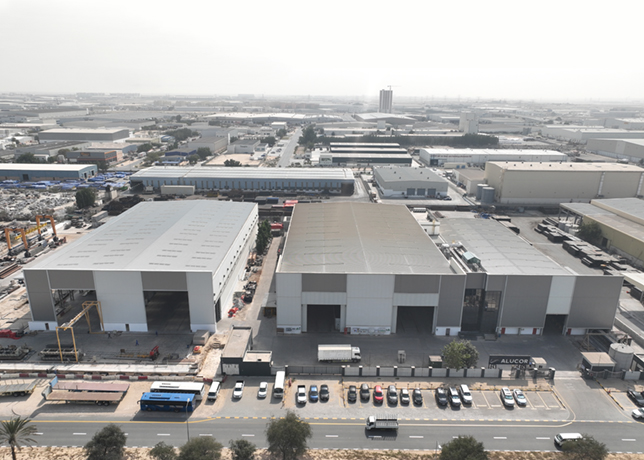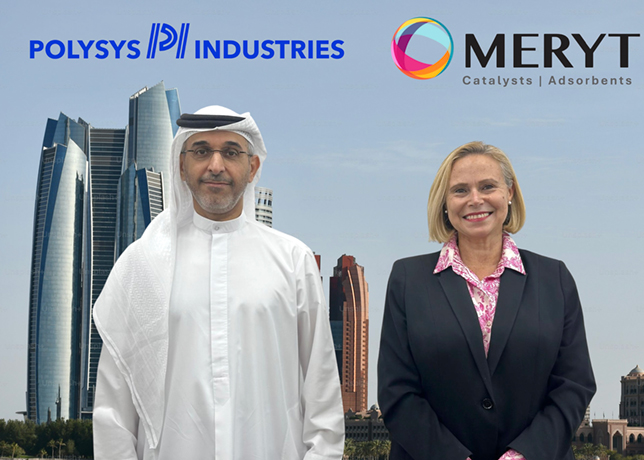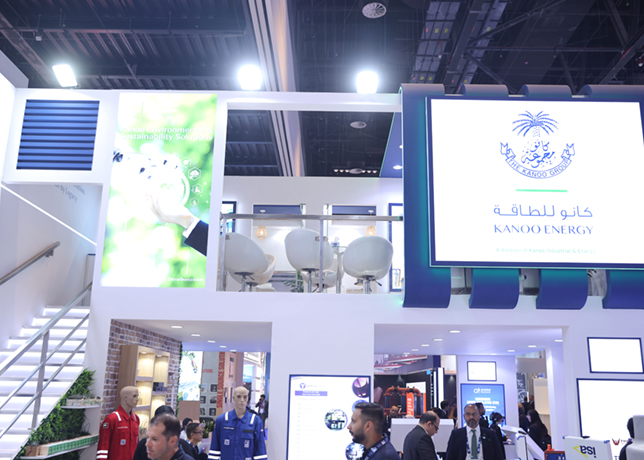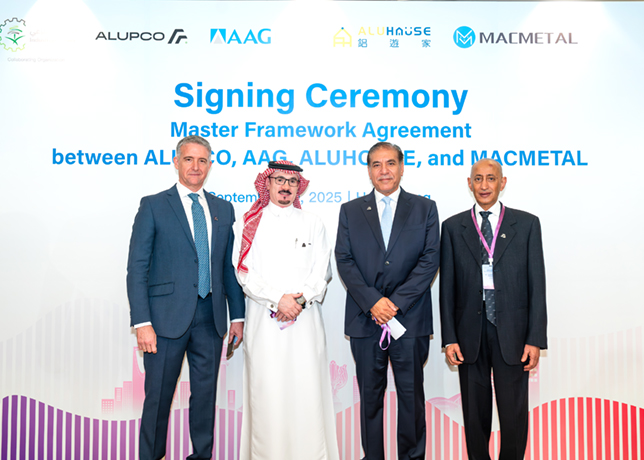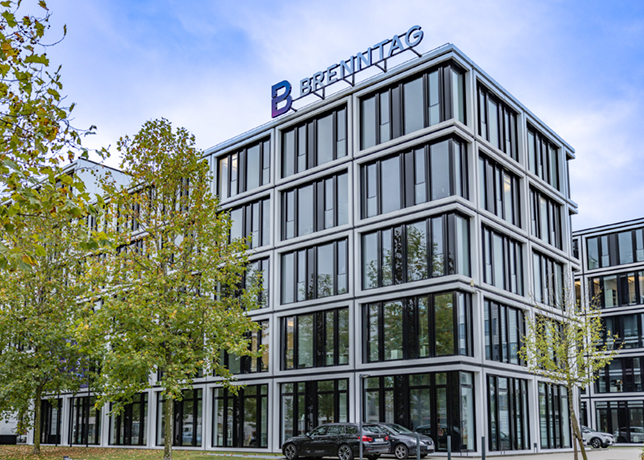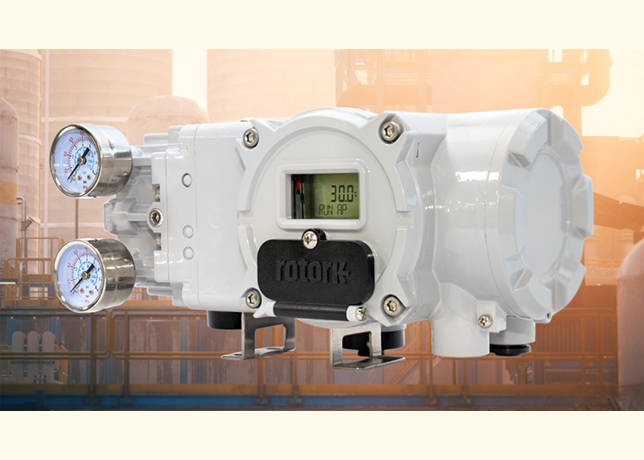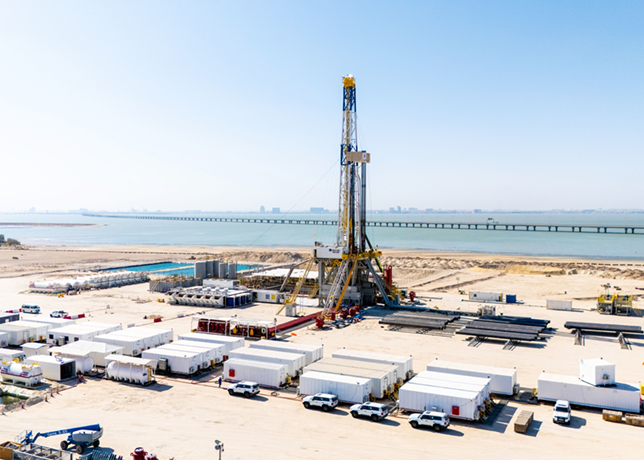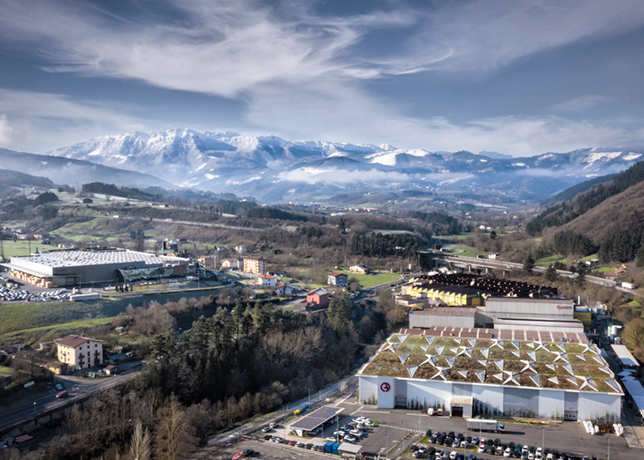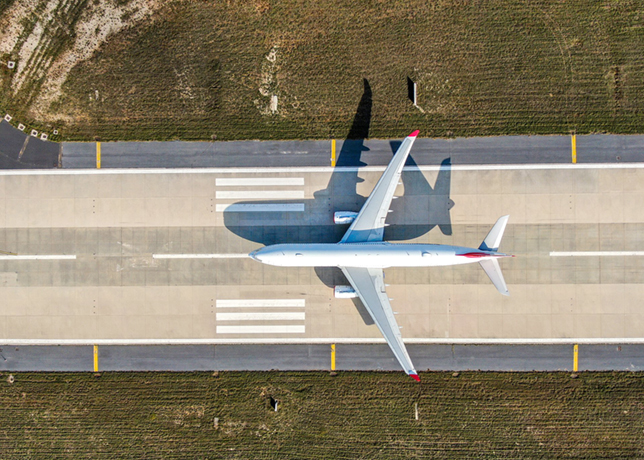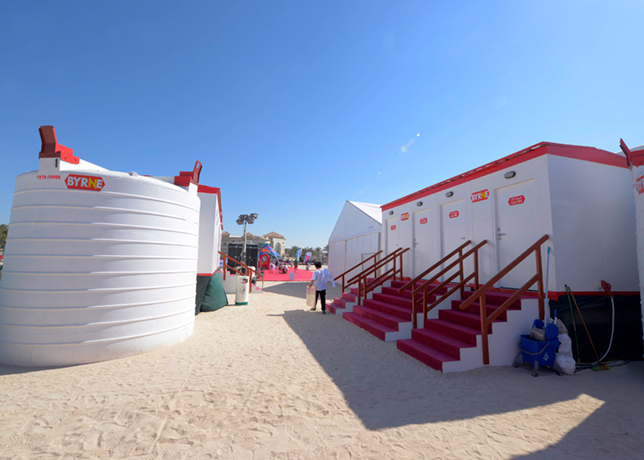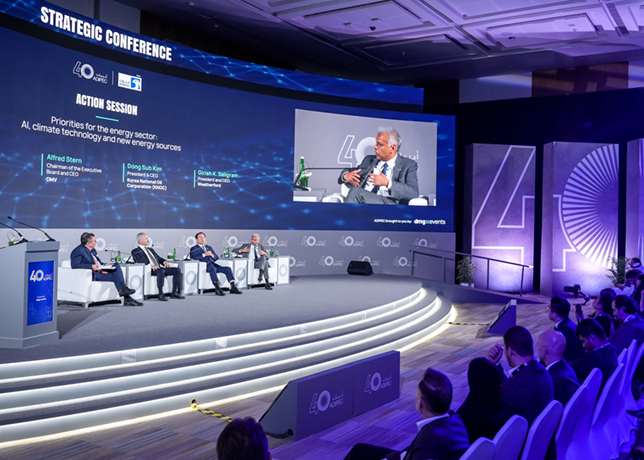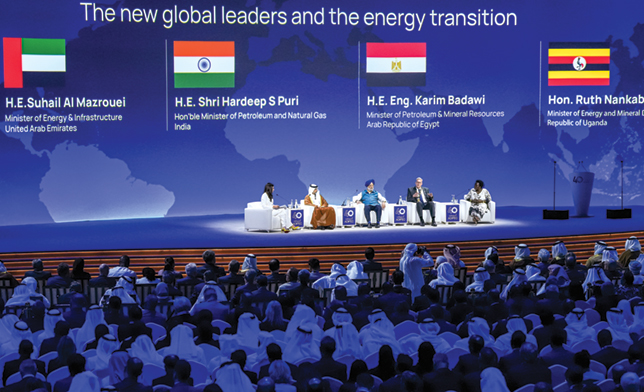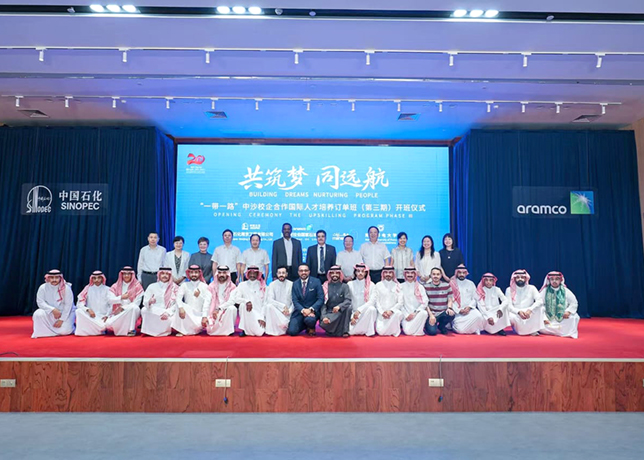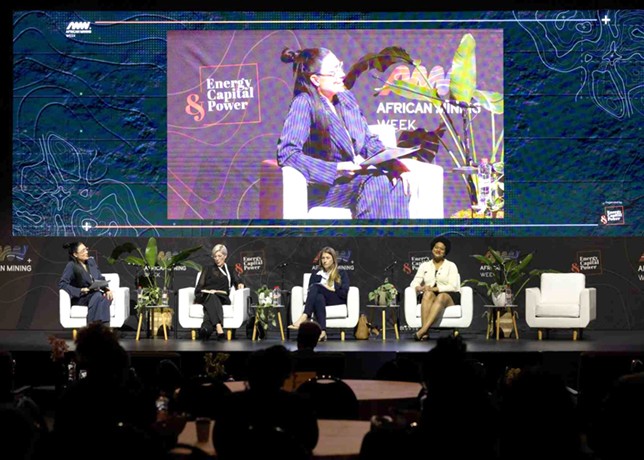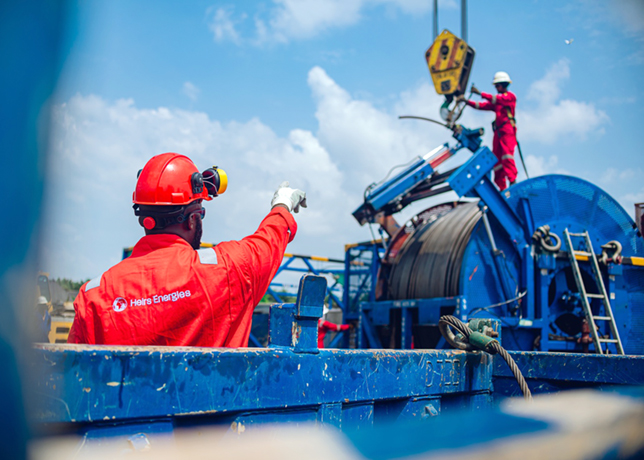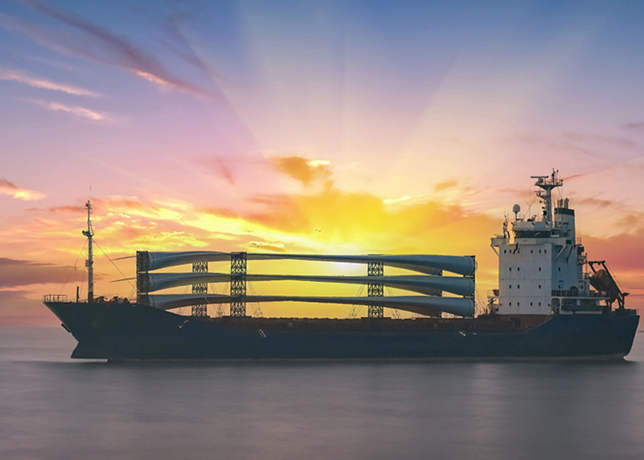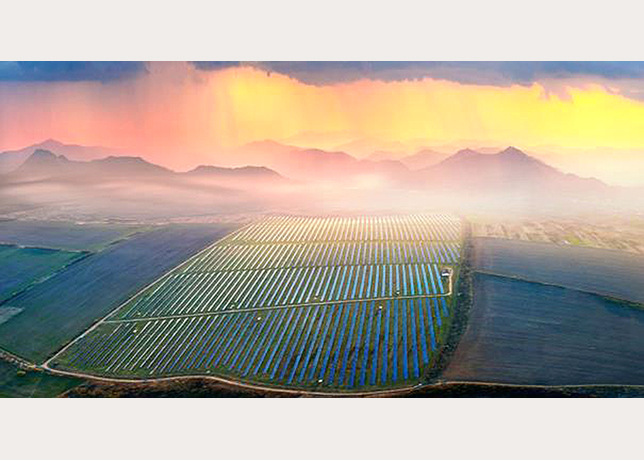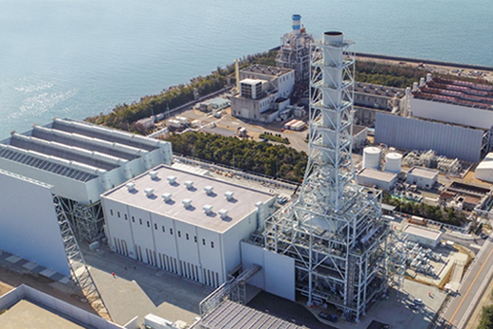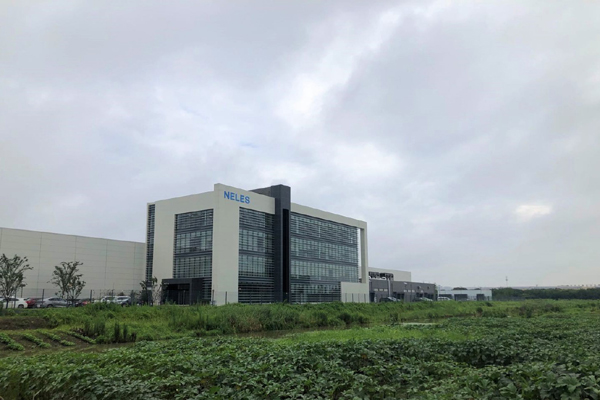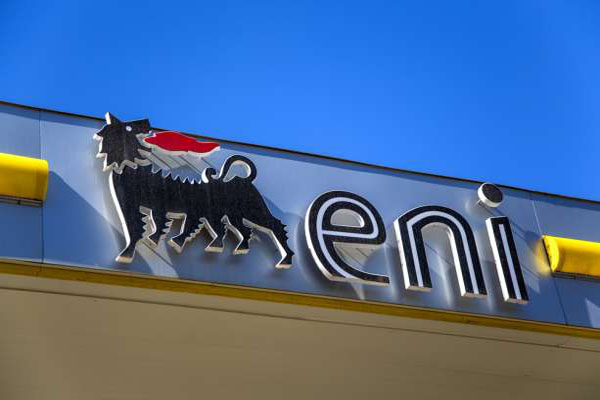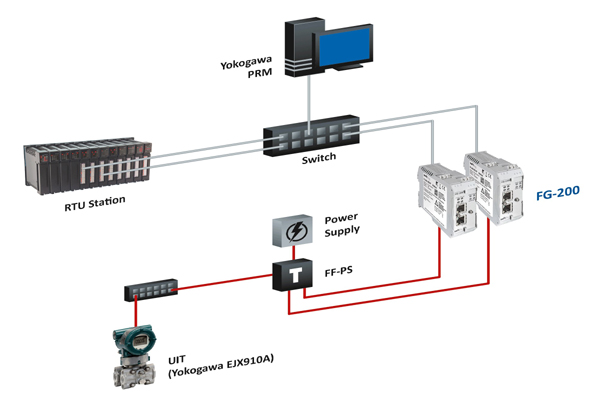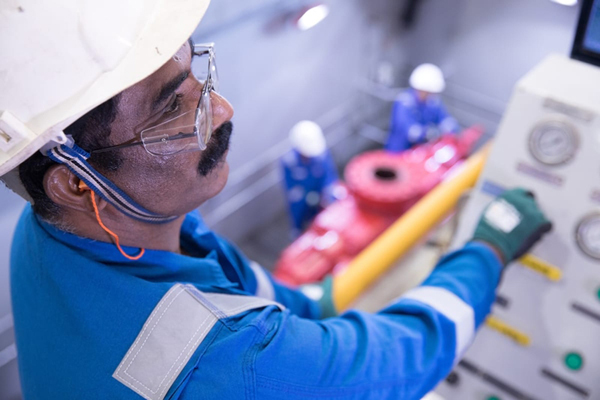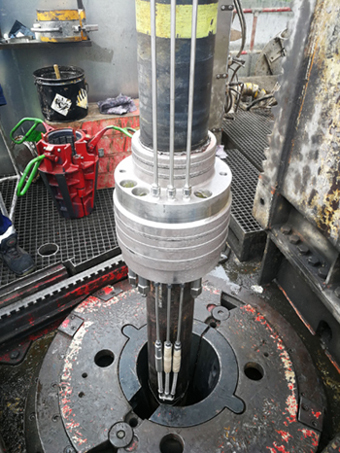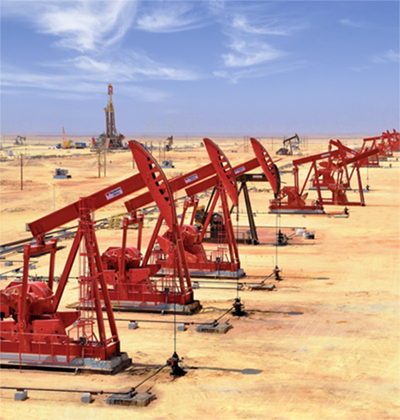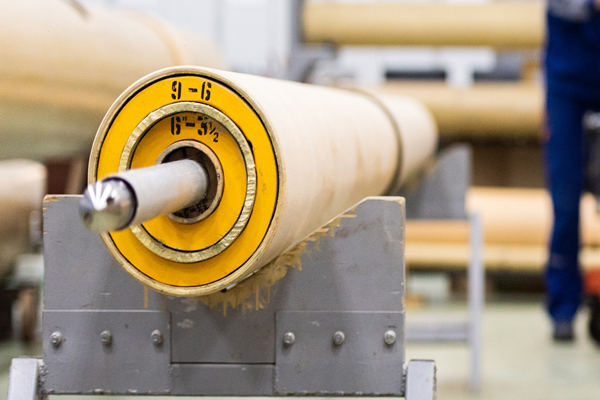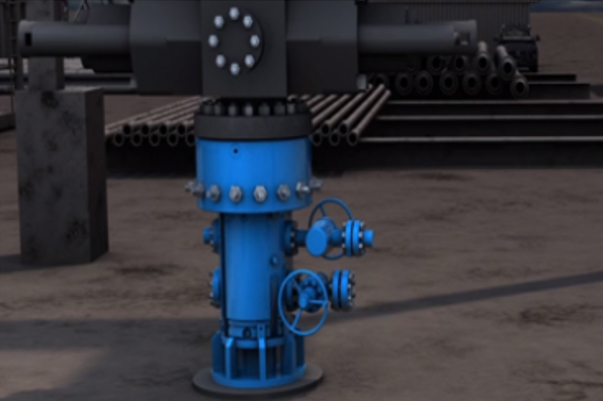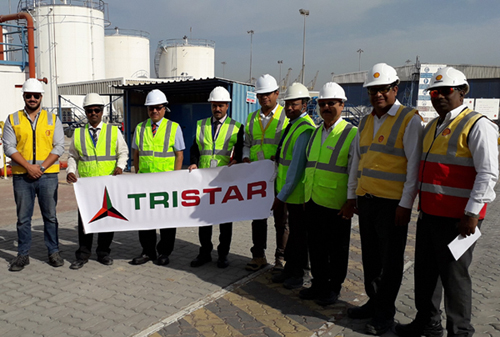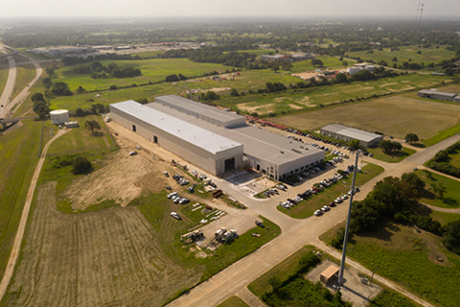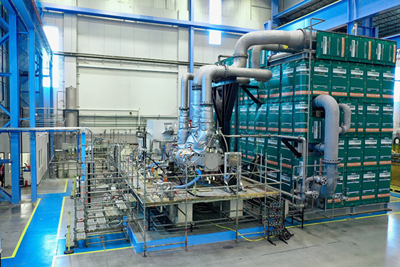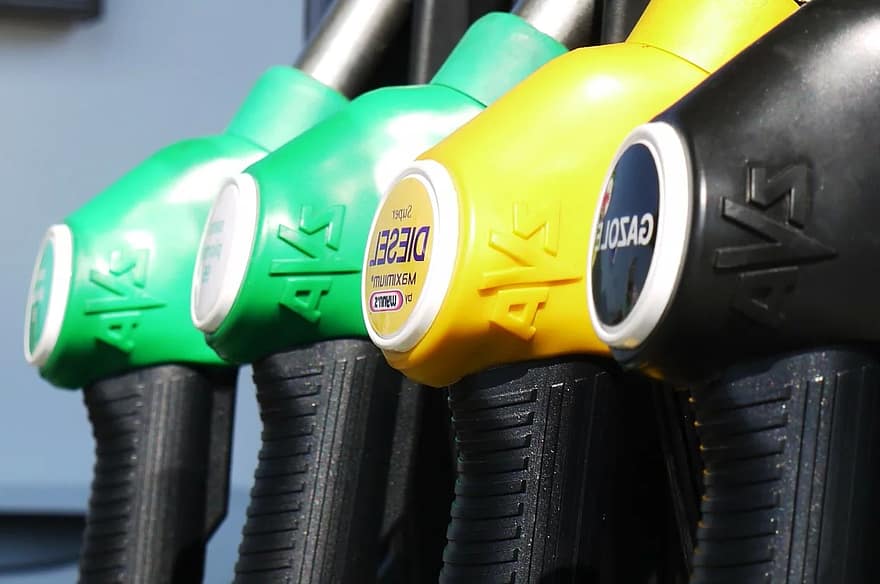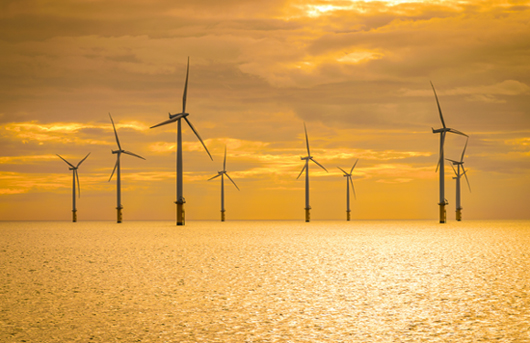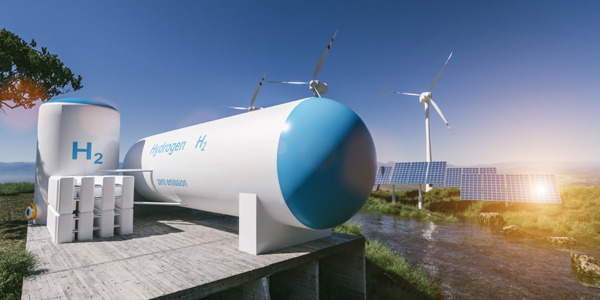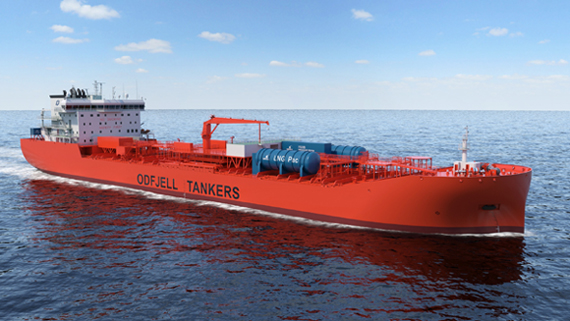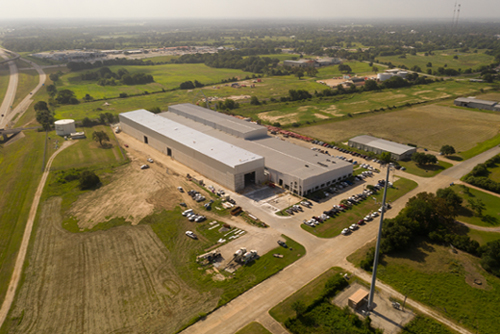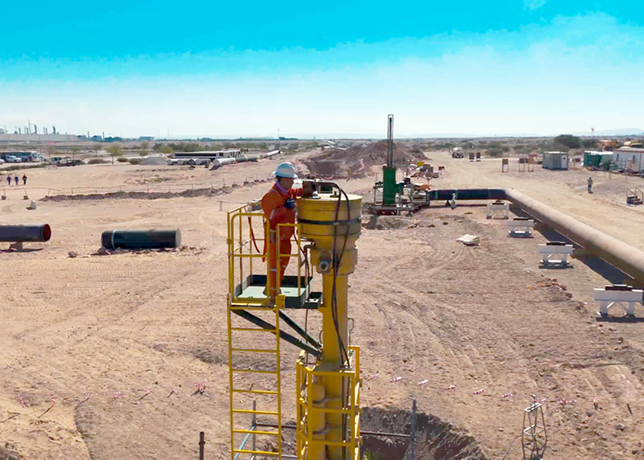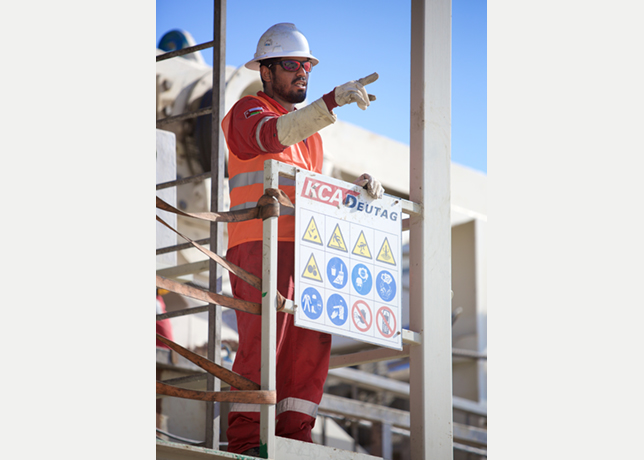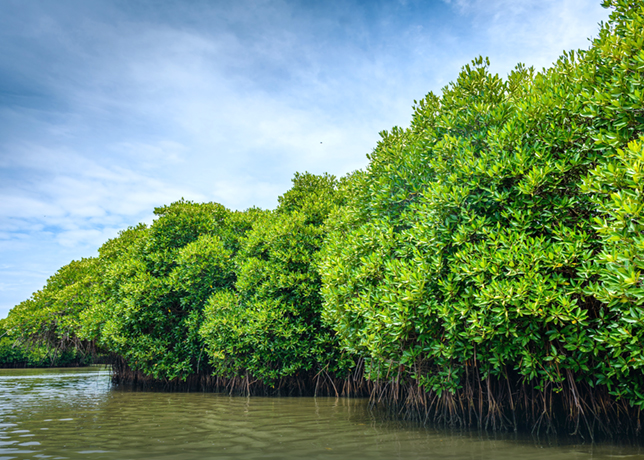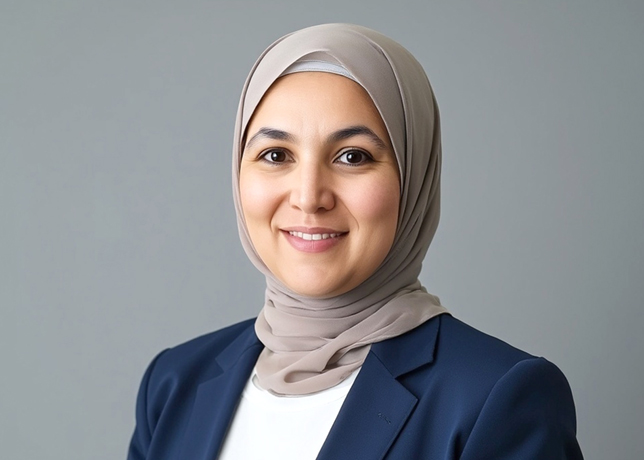
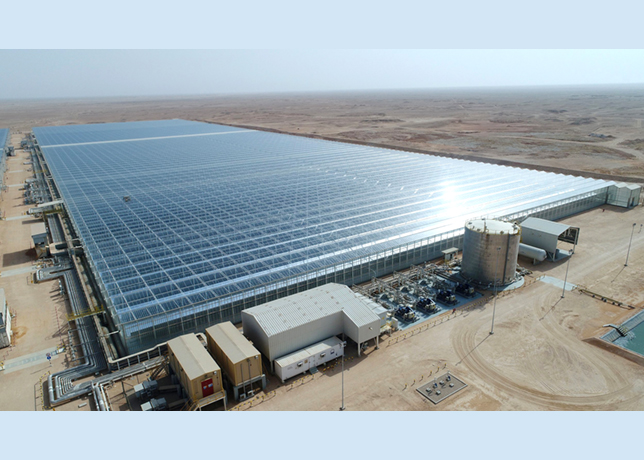 Oman’s geographical location makes it ideally suited for large-scale solar power generation
Oman’s geographical location makes it ideally suited for large-scale solar power generation
Oman, a nation historically anchored by its significant hydrocarbon wealth, is proactively navigating the complexities of a global energy transition, moving beyond its legacy oil and gas endowments while simultaneously leveraging them to build a robust foundation for a greener future
Oman's energy sector stands at a pivotal juncture, balancing its historical reliance on oil and gas with an ambitious pivot towards renewable energy and green hydrogen.
Guided by Oman Vision 2040, the Sultanate is navigating the global energy transition with strategic investments, leveraging its abundant natural resources and geographic advantages to emerge as a regional leader in sustainable energy.
PAST FOUNDATIONS & CURRENT POSITION
Oman’s energy story began with oil exploration in the late 1960s, with production escalating in the 1970s and 1980s before hitting a peak of 250,000 barrels per day (bpd).
Production then tapered to around 88,000 barrels per day by 2005. Natural gas followed, fuelling domestic electricity and industrial sectors, with approximately 70 per cent of produced gas consumed internally. Oman LNG entered operation in 2000, linking domestic gas to global markets.
As of 2023, renewables comprised just 3.6 per cent of electricity generation (1.6 TWh of 44.3 TWh total).
Yet, fossil fuels still dominate the energy mix, and substantial reserves remain, with gas reserves estimated to last 30 years at current rates.
In 2021, the country produced approximately 1.056 million barrels of crude oil per day, a figure that has seen fluctuations but consistently underpinned national revenues.
Natural gas has played an increasingly crucial role, largely powering domestic electricity generation through efficient gas-turbine-fired generators.
Historically, Oman’s electricity consumption has been predominantly met by natural gas, accounting for around 95 per cent of total generation in 2022.
While oil made up a small percentage, solar photovoltaic (PV) contributed only about 2.5 per cent in the same year, though this share is rapidly increasing.
In 2023, Oman’s electricity consumption was reported at 39,296 GWh, an increase from 36,427.1 GWh in 2022. The major sectors driving electricity consumption are residential (43.5 per cent), commercial and public services (34.7 per cent), and industry (20.4 per cent).
A NEW VISION: OMAN’S TRANSITION STRATEGY
Under the leadership of Sultan Haitham bin Tariq Al Said, Oman committed to net-zero emissions by 2050, aligning with the Paris Agreement.
Oman Vision 2040, the Sultanate’s long-term national development blueprint, represents a decisive break from past over-reliance on hydrocarbons. It outlines a strategic shift towards a diversified, sustainable economy driven by technology, innovation, and competitiveness.
Key energy-related targets within this vision are ambitious: To reduce the oil share of GDP to 16 per cent by 2030 and 8.4 per cent by 2040, while simultaneously increasing the non-oil sector’s contribution.
Vision 2040 targets a 20 per cent renewable share in end-use energy by 2030, rising to 35–39 per cent by 2040.
Electricity-specific goals are 11 per cent renewables by 2025, 30 per cent by 2030, 70 per cent by 2040, and full decarbonisation by 2050.
The Energy Transition Policy formalises a roadmap that integrates renewables, green hydrogen, carbon capture, distributed generation, energy efficiency, and electrification of transport and industry.
The ultimate objective is to achieve net-zero emissions by 2050, aligning Oman with global climate goals and positioning it as a responsible energy player on the international stage.
This vision acknowledges that while oil and gas remain vital for the foreseeable future, particularly as feedstocks for a burgeoning petrochemical sector, the path to long-term prosperity lies in embracing new energy paradigms.
CURRENT LANDSCAPE: PROJECTS, POLICIES & STRATEGIC INITIATIVES
Oman’s energy sector is a hive of activity, marked by a dynamic interplay of ongoing projects, strategic partnerships, and forward-looking policy adjustments.
The transition is not merely aspirational but is materialising through concrete initiatives across various energy segments.
In 2025, Oman embarked on several new renewable plants (both solar and wind) with an emphasis on wind due to resource potential, targeting over 2 GW operational by 2027.
The Dhofar Wind Farm (50 MW) is already functional. Large solar projects include Ibri II (500 MW), Manah (1 GW), and plans for 3 GW more by 2030.
The IEA notes specific upcoming projects: Barka waste-to-energy, Jaalan wind (100 MW), Duqm CSP (600 MW), Duqm wind (200 MW), and Dhofar expansion.
 |
Fossil fuels still dominate Oman’s energy mix |
Recent reports highlight six new projects by 2030, including the first energy storage facility to complement the renewable fleet.
Oman Power and Water Procurement (OPWP) and Nama Group have awarded 13 renewable energy agreements worth approximately $2 billion.
State-owned OQAE will hold up to 25 per cent equity in all future renewable IPP projects, beginning with Ibri III (500 MW).
Smart grid efforts include replacing 75 per cent of conventional meters with smart ones (rollout expected by 2025-end), telemonitoring, prepaid billing, and efficiency upgrades via Nama Power.
In the private sector, discussions are ongoing on green hydrogen export corridors ('hydrogen highways') with international players, including Amna Alliance and BP Oman, targeting 1 million tonne per annum (Mtpa) by 2030, increasing to 3.7 Mtpa by 2040 and 8.5 Mtpa by 2050.
An ambitious LNG and solar hybrid project, Marsa LNG near Sohar, has passed FID, with solar fully meeting its power needs and serving as a regional bunkering hub.
The Authority for Public Services Regulation (APSR) has established ambitious targets, setting a goal to increase renewable energy’s share to 31 per cent by the end of 2029, marking a significant acceleration from previous timelines.
By early 2024, Hydrom had already signed six landmark agreements around the ports of Duqm and Salalah with major global firms, including BP, ACME, Uniper-DEME (Hyport Duqm), EDF-JPower-Yamna, ACTIS-Fortescue, Green Energy Oman, and Marubeni Samsung.
These deals represent approximately 15 GW of planned renewable capacity, expected to produce over 700,000 tonnes of green hydrogen and attract nearly $20 billion in investment.
The Hyport Duqm project, a collaboration between OQ, Uniper, and DEME Group, aims to use 1.3 GW of solar and wind to operate a 500-MW electrolyser system, generating 60,000 tonnes of green hydrogen per year.
Initial production from this project is set for 2026. Oman is projected to claim 60 per cent of the Middle East’s green hydrogen exports by 2030.
Despite the focus on new energies, the traditional oil and gas sector continues to see activity.
Investments in exploration and production are ongoing, and the country’s oil production has been steadily increasing in recent years.
The Duqm Refinery, which began production in 2023 with a capacity of refining 230,000 bpd, highlights continued investment in downstream capabilities.
The expansion of gas infrastructure, including gas-fired power plants and LNG terminals, remains crucial for domestic energy security and petrochemical growth.
Challenges include the volatility of oil prices, environmental regulations, and the need to manage the end-of-life cycle for renewable energy technologies, particularly solar PV waste.
Oman is exploring circular economy principles to address the latter, including reuse, refurbishment, remanufacturing, and recycling of solar panels, which also presents new economic opportunities.
OMAN’S STRATEGIC STRENGTHS
Oman’s strengths in the energy sector are multifaceted, encompassing both its legacy hydrocarbon assets and its burgeoning potential in new energy domains.
Its primary strength has historically resided in its oil and gas reserves and its established infrastructure for extraction, processing, and export.
Oman is the largest producer of oil and gas in the Middle East outside the Organisation of the Petroleum Exporting Countries (OPEC), with estimated oil reserves of 5.373 billion barrels in 2022 and significant natural gas reserves of 651 billion cu m in 2021.
The operational efficiency of Petroleum Development Oman (PDO), which holds the majority share in upstream production, and the established refining capabilities through facilities like the Duqm Refinery, underline this legacy strength.
This foundational strength provides the financial capital and technical expertise to fund and manage the transition to new energies.
However, the realistic and increasingly potent strength of Oman lies in its new energy potential, specifically in:
• Solar energy: Oman benefits from high solar irradiance, receiving more than 300 days of sunshine per year, making it exceptionally well-suited for large-scale solar power generation. The success of projects like Ibri II and the Manah Solar Project demonstrates the viability and scale of this resource.
• Wind energy: Oman’s coastal and mountainous regions, particularly in Al Wusta and Dhofar governorates, possess strong and consistent wind speeds, offering significant potential for wind energy production. The Dhofar Wind Farm is a testament to this viable resource.
• Green hydrogen: This is arguably Oman’s most significant emerging strength. The confluence of abundant and high-quality solar and wind resources, coupled with vast swathes of uninhabited land suitable for large-scale renewable energy farms, positions Oman to become a global hub for green hydrogen production and export.
The strategic establishment of Hydrom and the rapid signing of major international partnerships underscore this ambition.
Oman plans to produce over 1 Mtpa of hydrogen annually by 2030, a figure that could rise to 8.5 Mtpa by 2050, enough to meet Europe’s current hydrogen demand.
The country’s existing world-class port infrastructure at Duqm and Salalah is a crucial enabler for hydrogen export, particularly in the form of green ammonia.
• Strategic vision and regulatory framework: The clear and ambitious targets outlined in Oman Vision 2040, supported by regulatory bodies like APSR, provide a stable and attractive environment for investment in new energy projects.
The government’s proactive approach in allocating land for green hydrogen projects and streamlining processes distinguishes Oman from some regional competitors.
While traditional hydrocarbons offer current stability and revenue, the long-term, sustainable strength and competitive advantage for Oman will increasingly stem from its ability to harness and export clean energy, particularly green hydrogen, leveraging its superior natural resources and strategic foresight.
THE WAY FORWARD: LEGACY, RENEWABLES OR BOTH?
For Oman, the optimal way forward is unequivocally a strategy that embraces both legacy energy and new energy, with a clear and accelerating pivot towards the latter.
A complete abandonment of its well-established oil and gas sector in the short to medium term would be economically disruptive and impractical, given its deep integration into the national economy and global supply chains.
However, a complacent reliance on hydrocarbons would be equally detrimental, risking economic stagnation and environmental vulnerability in a rapidly decarbonising world.
• Leveraging legacy energy: The hydrocarbon sector can serve as a crucial enabler for the energy transition. Revenues generated from oil and gas exports provide the necessary capital to invest in large-scale renewable energy projects and the associated infrastructure.
Furthermore, the existing expertise in large-scale project management, engineering, and international energy markets within Oman’s oil and gas companies (like PDO and OQ) can be redeployed and adapted to the demands of the new energy economy.
Natural gas, in particular, will remain a critical bridge fuel, providing stable baseload power as renewable capacity scales up and serving as a feedstock for petrochemical industries that add significant value. Investment in modernising refineries and enhancing efficiency in existing operations can also reduce the carbon intensity of traditional energy production.
Oman is actively exploring carbon capture, utilisation, and storage (CCUS) technologies to decarbonise its existing industrial processes, demonstrating an awareness of the need to clean up legacy operations.
• Accelerating new energy adoption: The strategic imperative for Oman lies in aggressively expanding its renewable energy capacity, particularly solar and wind, and establishing itself as a global leader in green hydrogen.
This is not just about environmental responsibility but also about long-term economic diversification and competitive advantage.
Green hydrogen, with its potential as a clean energy carrier and industrial feedstock, offers a significant export opportunity, allowing Oman to maintain its role as a key energy exporter in a decarbonised world. The ongoing large-scale projects and partnerships indicate a strong commitment to this path.
• Synergy and integration: The most effective strategy involves fostering synergy between the two. For instance, surplus renewable electricity generated from large solar and wind farms could be sold to the national grid, enhancing grid stability and reducing reliance on gas-fired power plants.
The development of green hydrogen facilities will require robust power transmission infrastructure, which can also benefit the broader electricity network.
Furthermore, the expertise gained in developing and managing vast oil and gas pipelines can be leveraged for future hydrogen transportation networks.
Therefore, Oman’s best way forward is a nuanced, dual-track approach: Responsibly managing its hydrocarbon assets for revenue and stability, while simultaneously making aggressive, strategic investments in renewable energy and green hydrogen to secure its future as a diversified, sustainable energy powerhouse.
This approach, deeply embedded in Oman Vision 2040, aims to transform the nation into a key player in the global clean energy transition, mitigating risks associated with fossil fuel dependence and unlocking new avenues for economic growth.
PROJECTS BY PUBLIC & PRIVATE ENTITIES
Oman’s energy sector is experiencing a flurry of activity, with numerous projects spearheaded by both public and private sector companies, reflecting the country’s dual focus on optimising existing resources and pioneering new energy frontiers.
Some of the public sector initiatives (often in partnership with private entities) include:
• Green hydrogen projects: Hydrom, a government-established entity, is orchestrating the development of Oman’s green hydrogen economy. Key projects include:
Hyport Duqm: A collaboration involving OQ (Oman’s global integrated energy group), Uniper, and DEME Group, this project aims to use 1.3 GW of solar and wind power to operate a 500 MW electrolyser, producing 60,000 tonnes of green hydrogen annually, convertible into 330,000 tonnes of green ammonia. Phase one is set for 2026.
ACME’s Duqm facility: A $3.5-billion project powered by 3 GW of solar and 500 MW of wind, targeting up to 900,000 tonnes of green ammonia annually.
Salalah consortia: Led by groups including EDF/JPower/Yamna and ACTIS-Fortescue, these projects plan to install about 4.5 GW of renewable capacity to produce 175,000 to 200,000 tonnes of green hydrogen annually, with the goal of exporting one million tonnes of green ammonia.
Hydrogen Oman Project (H2Oman): A collaboration among OQ, InterContinental Energy, and EnerTech, targeting the production of up to 25 GW of green hydrogen and ammonia.
Large-scale renewable energy power plants:
Ibri II Solar Power Plant (500 MW): Already operational, this is a significant utility-scale solar project.
Manah Solar Project (1000 MW): Expected to be operational by 2025, this project further expands Oman’s solar capacity.
Ibri 3 Solar Plant (500 MW): One of six major renewable projects planned for 2027.
Dhofar Wind Farm (50 MW): The pioneering utility-scale wind farm in the GCC.
Duqm Wind Farm (250 MW), Jaalan Bani Bu Ali Wind Project (100 MW), Dhofar 2 Wind Farm (120 MW), Sadah Wind Project (90 MW), and Mahout 1 Wind Project (300-400 MW): These are all part of the ambitious renewable energy pipeline planned for 2027.
29 solar projects (1,000 MW) and wind projects in Shaleem (100 MW) and Al Jazir (100 MW): Slated for rollout by APSR by 2029.
A 3,000 MW solar project: Scheduled for 2030, indicating significant future expansion.
WastetoEnergy Barka: Novel conversion of waste to power under renewable IPP.
Transmission and grid infrastructure: Oman Electricity Transmission Company (OETC), part of the state-owned Nama Group, is heavily investing in upgrading and expanding the national grid to accommodate the surge in renewable energy. Projects include 400 kV overhead lines connecting Ibri and Rustaq to Al Jafnain in Muscat governorate.
• Desalination plants: Projects like the Ghubrah III Independent Water Project (50.8 MW capacity) slated for connection to the grid in 2027, underscore the nexus between energy and water security.
Separately, private sector projects and investments include:
The private sector plays a pivotal role, often through Independent Power Producer (IPP) models and direct investments in industrial and commercial energy projects.
• Marsa LNG project: A collaboration between TotalEnergies (80 per cent) and OQ (20 per cent), including a 300-MW solar plant to fully meet power needs, low-carbon LNG export, and regional bunkering hub.
• United Solar Polysilicon (USP) Plant: This $1.35-billion polysilicon production plant at Sohar Freezone is in advanced stages, with a maximum power demand estimated at 800 MW, making it a major consumer of electricity.
• Datacentres: Two major data hubs, including Salalah-based Green Data City (operating Oman’s first licence for sustainable crypto-mining), are being connected to the grid, each with an initial power demand of 200 MW, with plans for expansion.
• Industrial connections: Various industrial facilities are being connected to the national grid to meet their energy demands, including:
• JA Solar’s 88-MW solar PV module plant (at Sohar Freezone); Sanvera Carbon’s 24-MW prebaked anode production facility (at Sohar Freezone); Star Ferro Alloys 18-MW smelter (connecting to the Sohar Freezone grid next year); and Duqm Cement plant (29.95 MW) and Oman Cement (80 MW), scheduled for grid connection in 2026 and 2027, respectively.
• Oil and gas upstream and downstream: Private companies, often in joint ventures with government entities like OQ and PDO, continue to invest in oil and gas exploration, production, and processing.
Examples include Shell’s gas production from Block 10 (which began in January 2023) and Masirah Oil’s exploration plans for Block 50 (announced April 2023).
These projects collectively demonstrate Oman’s strategic direction, highlighting a rapid expansion in renewable energy, a concerted effort to establish a green hydrogen economy, and continued, albeit more efficient and potentially decarbonised, operations within its traditional hydrocarbon sector.
LEVERAGING GEOGRAPHY & LANDSCAPE
Oman’s geographical position and diverse landscape offer unique advantages that can be strategically leveraged to position the Sultanate as a prominent energy leader, not just as a producer but also as a distributor and facilitator of global energy transitions.
Geographical position: Situated at the southeastern tip of the Arabian Peninsula, with extensive coastlines on the Arabian Sea and the Gulf of Oman, the country holds a strategically advantageous location at the crossroads of major international shipping lanes connecting Europe, Asia, and Africa. This provides:
• Export hub for green energy: Oman’s prime location allows for efficient export of green hydrogen and ammonia to key demand markets in Europe and Asia.
The deepwater ports of Duqm and Salalah are being developed into world-class logistics hubs, capable of handling large volumes of green energy exports.
Oman has already signed a Joint Development Agreement (JDA) to establish the world’s first commercial-scale liquid hydrogen corridor between Oman, the Netherlands, and Germany, underscoring its intent to become a major supplier to global markets.
• Interconnection with regional grids: Oman is part of the Gulf Cooperation Council (GCC) Interconnection Network, which offers the option of importing or exporting electricity with neighbours, enhancing grid stability and energy security.
This regional connectivity can facilitate the balancing of supply and demand, particularly as variable renewable energy sources become more prominent.
• Global supply chain resilience: As a stable and secure nation outside the Strait of Hormuz, Oman offers a crucial alternative and resilient energy trade route, reducing geopolitical risks for international energy flows.
Landscape and natural resources: Oman’s vast, largely unpopulated landmass, combined with specific climatic conditions, presents an ideal natural laboratory for large-scale renewable energy production:
• Exceptional solar irradiance: The country experiences high solar radiation year-round, particularly in its central and southern desert regions.
This makes it one of the most cost-effective locations globally for large-scale solar photovoltaic (PV) power generation.
Vast tracts of arid land can be dedicated to massive solar farms without significant population displacement or environmental impact.
• Strong and consistent wind speeds: Coastal areas, especially in the Al Wusta and Dhofar governorates, benefit from strong and consistent wind patterns driven by monsoons and other climatic factors.
This offers ideal conditions for utility-scale wind farms, complementing solar power and allowing for a more stable renewable energy supply.
• Availability of water (for desalination): The extensive coastline provides access to seawater, which can be desalinated using renewable energy to produce the vast quantities of fresh water required for electrolyser operations in green hydrogen production.
This integration of renewable energy with desalination addresses a critical input for green hydrogen.
• Geological formations for storage: While still in nascent stages of exploration, Oman’s geological formations may offer potential for underground hydrogen storage or carbon capture and storage (CCS), further enhancing its role in a future clean energy system.
By synergising its strategic geographical location with its rich renewable energy endowments, Oman can transform from primarily a hydrocarbon exporter to a diversified energy leader.
This leadership role would encompass being a major producer and exporter of green hydrogen and ammonia, a hub for renewable energy innovation, and a facilitator of global energy security through its reliable infrastructure and strategic positioning.
DOMESTIC ENERGY NEEDS & FUTURE INCREASE
Oman’s domestic energy needs are substantial and are projected to increase significantly in the coming years, driven by population growth, rapid industrialisation, and ambitious economic diversification plans under Vision 2040.
Projected increase in demand: Oman is bracing for a surge in electricity demand, with loads expected to rise by more than 10 per cent during the summer of 2025 alone, according to the Oman Electricity Transmission Company (OETC). This escalating demand is being driven by several key factors, including:
• Industrialisation and economic diversification: A significant driver of increased energy demand comes from major private sector-led industrial and commercial projects.
As many as 15 large industrial projects are slated to be plugged into Oman’s national grid over the next two years, bolstering electricity demand by nearly 2,000 MW by 2027.
These include the United Solar Polysilicon (USP) plant at Sohar Freezone (800 MW), two major data hubs (200 MW initially, with one planned for expansion to 400 MW), and various manufacturing facilities like JA Solar’s PV module plant, Sanvera Carbon’s prebaked anode production facility, and smelters like Star Ferro Alloys.
Expansion of cement production plants, including Duqm Cement and Oman Cement, is also contributing to demand.
• Population growth and urbanisation: A growing population naturally leads to increased residential and commercial energy consumption.
• Infrastructure development: Ongoing development of new cities, tourism projects, and transportation networks requires significant energy input.
• Water desalination: As a water-scarce country, Oman relies heavily on desalination, which is an energy-intensive process. As water demand rises, so will the energy required for desalination plants. The Ghubrah III Independent Water Project is an example of this integrated demand.
• Oil and gas operations: Even within the hydrocarbon sector, enhanced oil recovery (EOR) techniques and new processing facilities can contribute to domestic energy demand.
• Meeting future needs: To meet these increasing demands, Oman is pursuing a multi-pronged strategy:
• Increased renewable energy contribution: The significant investments in solar and wind projects, and the ambitious targets for renewable energy penetration (30 per cent by 2030, 35-39 per cent by 2040), are designed to meet a substantial portion of future electricity needs.
The addition of over 1,000 MW of clean solar energy has already increased the production capacity from renewable sources to over 1,550 MW, significantly impacting power distribution.
• Optimisation of natural gas: Natural gas will continue to play a crucial role as a baseload power source and for peak demand management, especially during hot summer months when electricity demand surges due to air conditioning.
• Grid modernisation and interconnection: Investments in the electricity transmission network and leveraging interconnections with the GCC grid will enhance reliability and capacity to deliver power across the Sultanate.
• Energy efficiency measures: Efforts to improve energy efficiency across all sectors, from industrial processes to residential consumption, will be vital to manage demand growth.
In essence, Oman’s energy needs are on an upward trajectory, reflecting its economic development and population growth.
The strategic shift towards a diversified energy mix, with a strong emphasis on renewables and green hydrogen, is not just about environmental commitments but also a pragmatic response to ensuring long-term energy security and sustainability for its burgeoning domestic requirements.
By Abdulaziz Khattak



